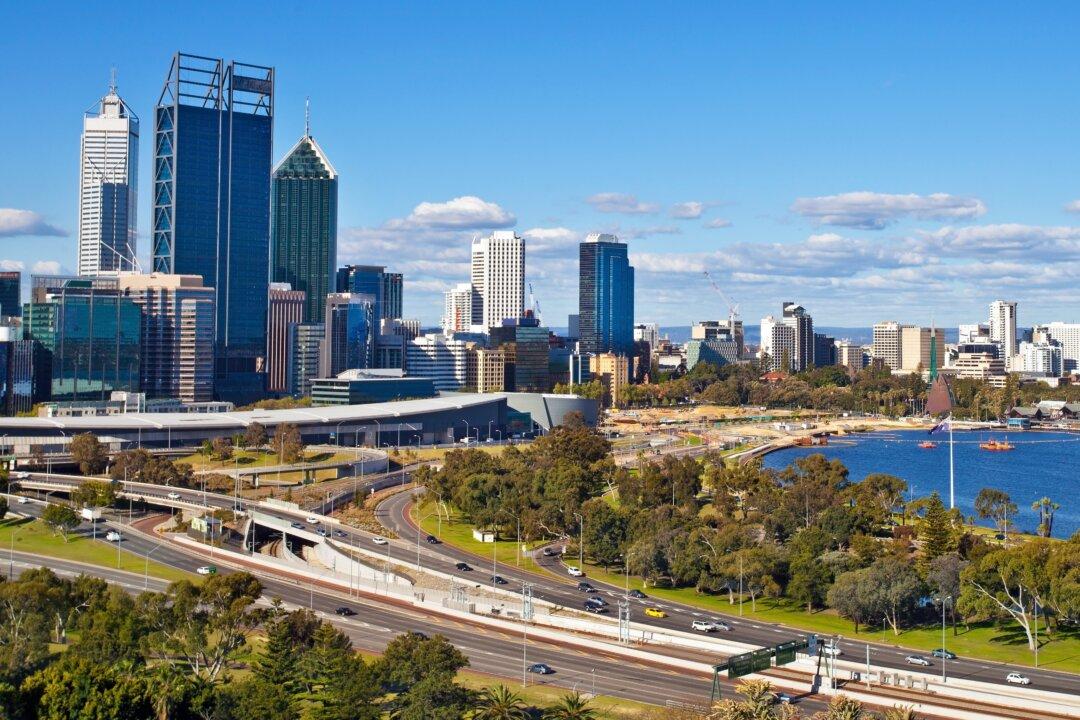The Australian government is funding half of a $3 million (US$2.2 million) study to assess whether its largest coal port could become a gateway to the nation’s global hydrogen export ambitions.
The study will consider the best location for hydrogen infrastructure in the Port of Newcastle in the Hunter Valley of New South Wales—a bustling region home to vast coal mining and electricity generation industries, including six coal-fired power stations that help power the nation’s most populous state.





